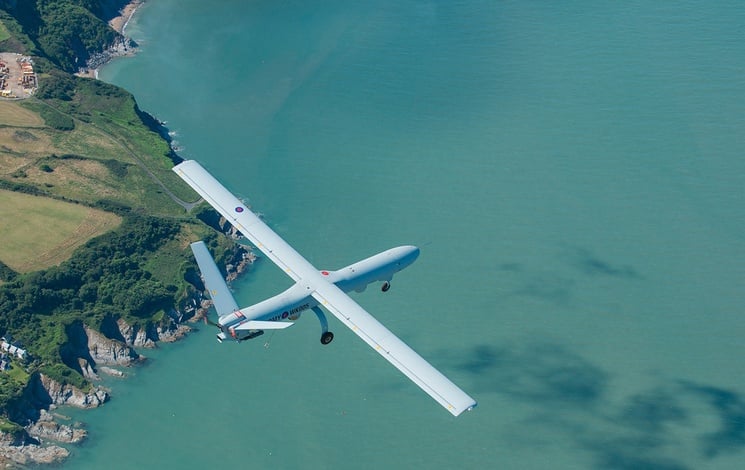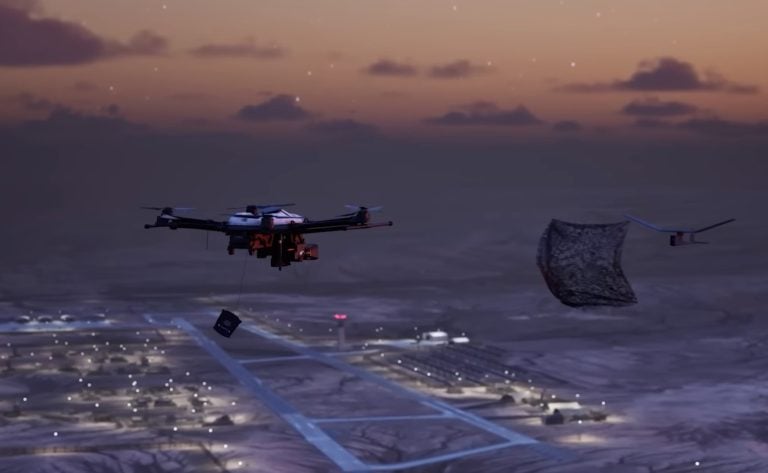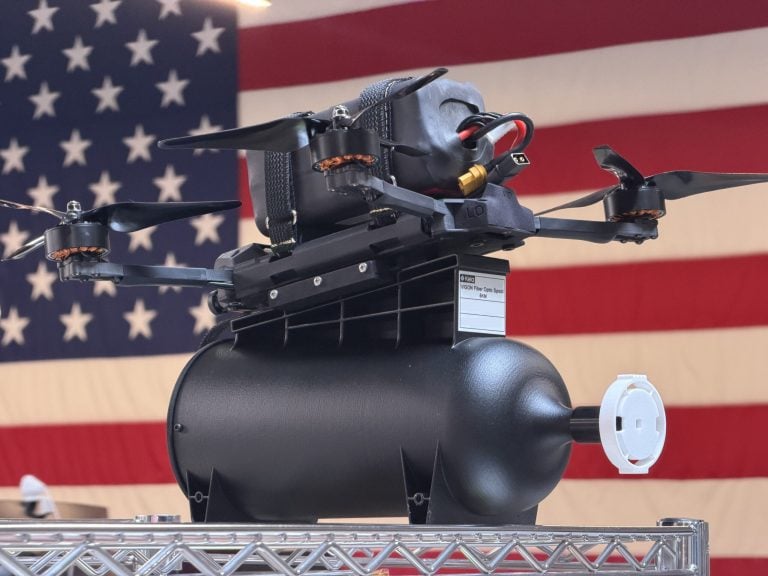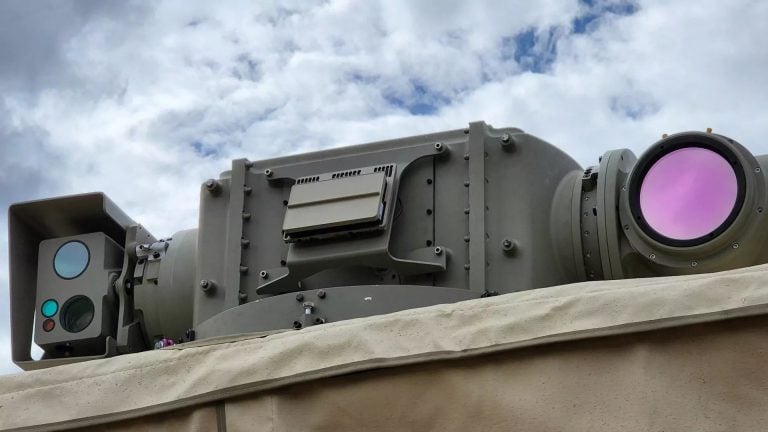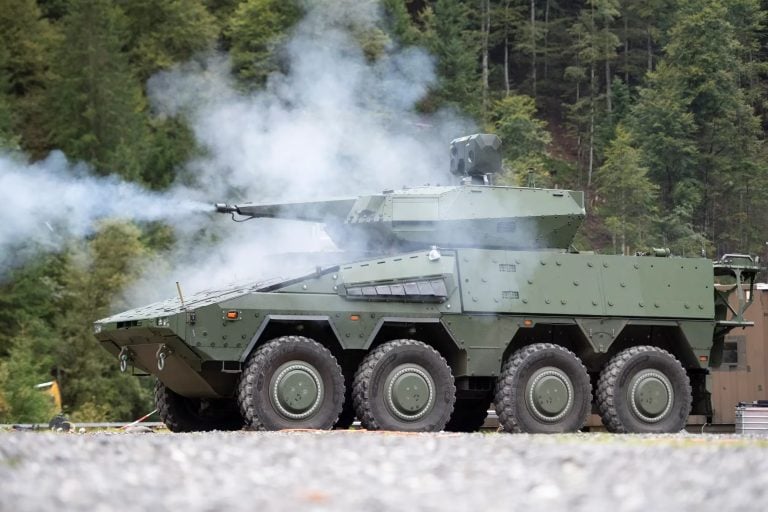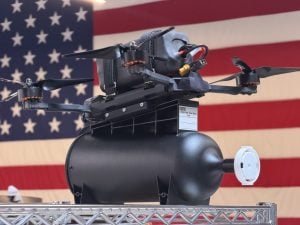In a rapidly advancing field of military technology, the role of unmanned aerial vehicles (UAVs) has become increasingly significant, with various nations adopting sophisticated systems for surveillance and reconnaissance. One notable example is the Watchkeeper WK450, which has served as the British Army’s eyes in the sky for more than a decade. This tactical ISTAR (Intelligence, Surveillance, Target Acquisition, and Reconnaissance) UAV, co-developed by Thales UK and Elbit Systems, is rooted in Israeli drone technology and tailored for British defense needs.
The Watchkeeper WK450, with a wingspan of 10.5 meters and a length of 6.5 meters, has been primarily lauded for its advanced sensor suite, featuring dual electro-optical and infrared cameras, all-weather radar, and the capability for real-time imagery transmission to ground commanders. Designed for extended loiter times, the WK450 boasts an endurance exceeding 16 hours and can carry a payload of up to 150 kilograms. However, it is important to note that despite its capabilities, the UAV is unarmed.
Development of the Watchkeeper began in the mid-2000s with a contract awarded to Thales UK after it was identified as the preferred bidder in 2004. The project aimed to fulfill the UK’s tactical UAV requirements, leading to a procurement plan for 54 air vehicles at a contract valued at 775 million pounds. Unfortunately, the program faced numerous challenges, including technical difficulties and budget overruns. By 2022, the overall cost had escalated to approximately 1.31 billion pounds, a stark deviation from initial projections. This situation has positioned the Watchkeeper program as emblematic of the procurement challenges faced by the UK’s defense sector.
Operationally, Watchkeeper has been deployed in various scenarios, most notably supporting UK troops in Afghanistan since 2014. During its time in Helmand Province, the WK450 conducted over 140 flight hours, providing essential reconnaissance data to facilitate the withdrawal of coalition forces. Additionally, it has lent its capabilities to domestic operations, including monitoring the English Channel for unauthorized crossings as part of Operation Devran between 2020 and 2021.
Despite its tactical advantages, the Watchkeeper has had limited combat engagement and has not been utilized in recent UK military operations in Libya or Iraq. Most recently, the UAV participated in NATO exercises, enhancing its ISTAR capabilities alongside allied forces.
As it stands, the British Army remains the sole operator of the WK450, with all units assigned to the 47 Regiment Royal Artillery. In recent developments, attention has shifted towards the Watchkeeper X, an export variant that incorporates new capabilities such as enhanced sensors and modular architectures. Notably, Romania has signed a deal to acquire this variant, marking its first public export sale, aimed at bolstering its border surveillance capabilities.
The British Ministry of Defence, looking toward the future, has indicated an accelerated retirement of the original Watchkeeper UAV. Announced for March 2025, this decision suggests a response to evolving security demands, particularly lessons learned from recent conflicts and advancing counter-drone threats. As the Watchkeeper fleet prepares to conclude its service, the UK is formulating successor plans, including Project Corvus, which aims at developing a new UAV with improved endurance.
While the Watchkeeper WK450 has proven itself as a capable tactical ISR platform, it will face challenges in maintaining relevance amidst emerging technologies and evolving military strategies. The anticipated advancements in systems like the Watchkeeper X and the conceptual Project Corvus will be crucial for the UK’s continued strategic capabilities in unmanned aerial operations.
